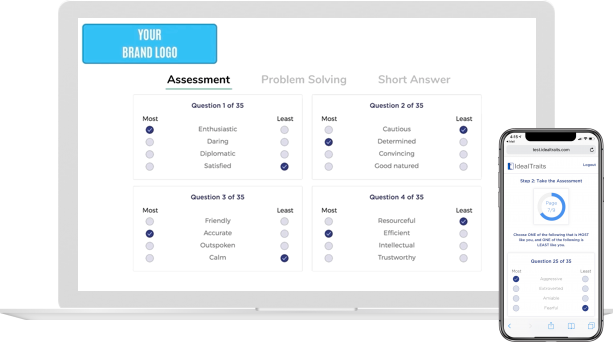Agency Valuation with a Loss of Market
Two things are going on in the insurance marketplace. First, agencies are continuing to be bought and sold. Second, carriers are abandoning some agencies or even lines of insurance in some states. What happens when both of these come together? For example, you’re buying an agency and learn that it’s losing an important market. How does that affect its value? Here’s how….
Author: VU Faculty Two things are going on in the insurance marketplace. First, agencies are continuing to be bought and sold. Second, carriers are abandoning some agencies or even lines of insurance in some states. What happens when both of these come together? For example, you’re buying an agency and learn that it’s losing an important market. How does that affect its value? Here’s how….
“It has come to our attention that one of the carriers common to both of us is terminating the seller’s contract due to lack of production and loss ratio. Buyer also represents this company but company will not reconsider termination for buyer or any other agent. This book represents 17.5% ($70,000) of the total purchased revenue. “Do you think the purchase price should be reduced due to the the pending book transfer expense and possible transfer problems and, if so, how do you put a value on same? Thanks.”
If the final contract has not been signed, the renegotiation may hinge on the letter of intent. Hopefully it contains a “material adverse change” clause which would automatically open the door for a renegotiation or an end to the acquisition, as warranted. If the letter of intent does not include such a clause, then renegotiation depends on what it does say. How the price is renegotiated depends on the above. If at all possible, complete due diligence should be undertaken (to avoid any other surprises) and a new price developed based on the findings. The due diligence will also enable the buyer to explain to the seller why they can no longer justify as high a price. This approach is more likely to be successful than simply stating they want a lower price due to other potential but unknown and unidentified problems. If this is not possible, a simple way is to use the same multiple to which the parties have already agreed, 1.75 times revenue, and apply it to the remaining revenues and otherwise use the same terms. At this multiple, the buyer might also consider changing the terms so the price is retention-based rather than fixed.
Here are three other articles that discuss this issue: |
 “I am buying another agency’s personal lines book of business. We have agreed to pay $700,000 for $400,000 of revenue. Terms are $100,000 down and balance over 6 years @ 8% interest.
“I am buying another agency’s personal lines book of business. We have agreed to pay $700,000 for $400,000 of revenue. Terms are $100,000 down and balance over 6 years @ 8% interest. Without a market of this size, there’s no doubt that either the value is reduced and/or the expense of the sale has been increased. We ran this by our valuation gurus and got the responses below.
Without a market of this size, there’s no doubt that either the value is reduced and/or the expense of the sale has been increased. We ran this by our valuation gurus and got the responses below.








